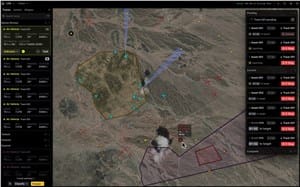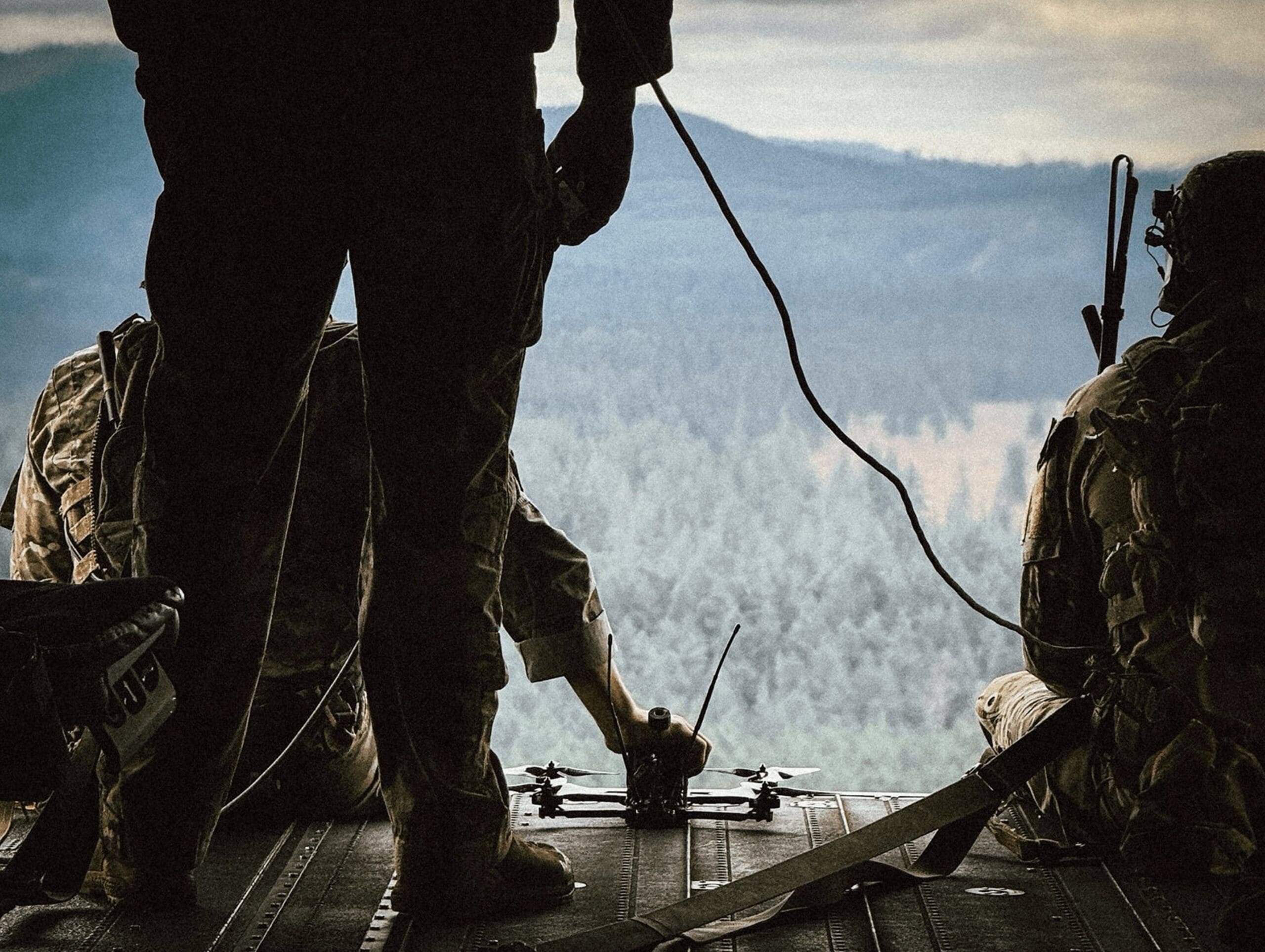
CARBONDALE, PA, November 13, 2025 — The Defense Logistics Agency (DLA) has exercised the third one-year option period of the Advanced Combat Helmet Generation II (ACH Gen II) production contract (SPE1C1-23-D-0004) awarded to Gentex Corporation. Valued at up to $38,376,425, this latest action extends through October 16, 2026 with the U.S. Army, ensuring America’s soldiers continue to receive advanced ballistic protection with a significant 22% reduction in weight compared to the legacy ACH helmet system.
Building on decades of innovation, the ACH Gen II helmet integrates ultra-high-performance materials and advanced manufacturing processes to deliver superior ballistic protection and blunt-impact performance while reducing overall weight. This results in greater comfort, agility, and mission endurance for today’s warfighter.
“Gentex is proud to continue our close partnership with the U.S. Army and the Defense Logistics Agency through the ACH Gen II program,” said Kevin Reilly, Close Combat Segment Directorat Gentex Corporation. “This award reaffirms our mission to deliver lightweight head protection to America’s warfighters, built with pride by the skilled workforce of Northeastern Pennsylvania.”
“Gentex Corporation continues to be a cornerstone of our region’s defense-manufacturing strength,” said Congressman Rob Bresnahan (PA-08). “The company’s recent recognition as a Best Place To Work in PA for 2025 confirms their commitment to their employees. This contract not only supports the safety and readiness of our nation’s soldiers but also sustains hundreds of high-quality jobs here in Northeastern Pennsylvania.”
The ACH Gen II is a key part of Gentex Corporation’s portfolio of U.S. military ground-combat helmet programs, including the Enhanced Combat Helmet (ECH), High-Cut ECH, Next-Generation Integrated Head Protection System (NG-IHPS), and the USSOCOM Family of Tactical Headborne Systems (FTHS). Gentex continues to advance mission-critical technologies that enhance survivability, comfort, and communication for military personnel around the world.






















































































































